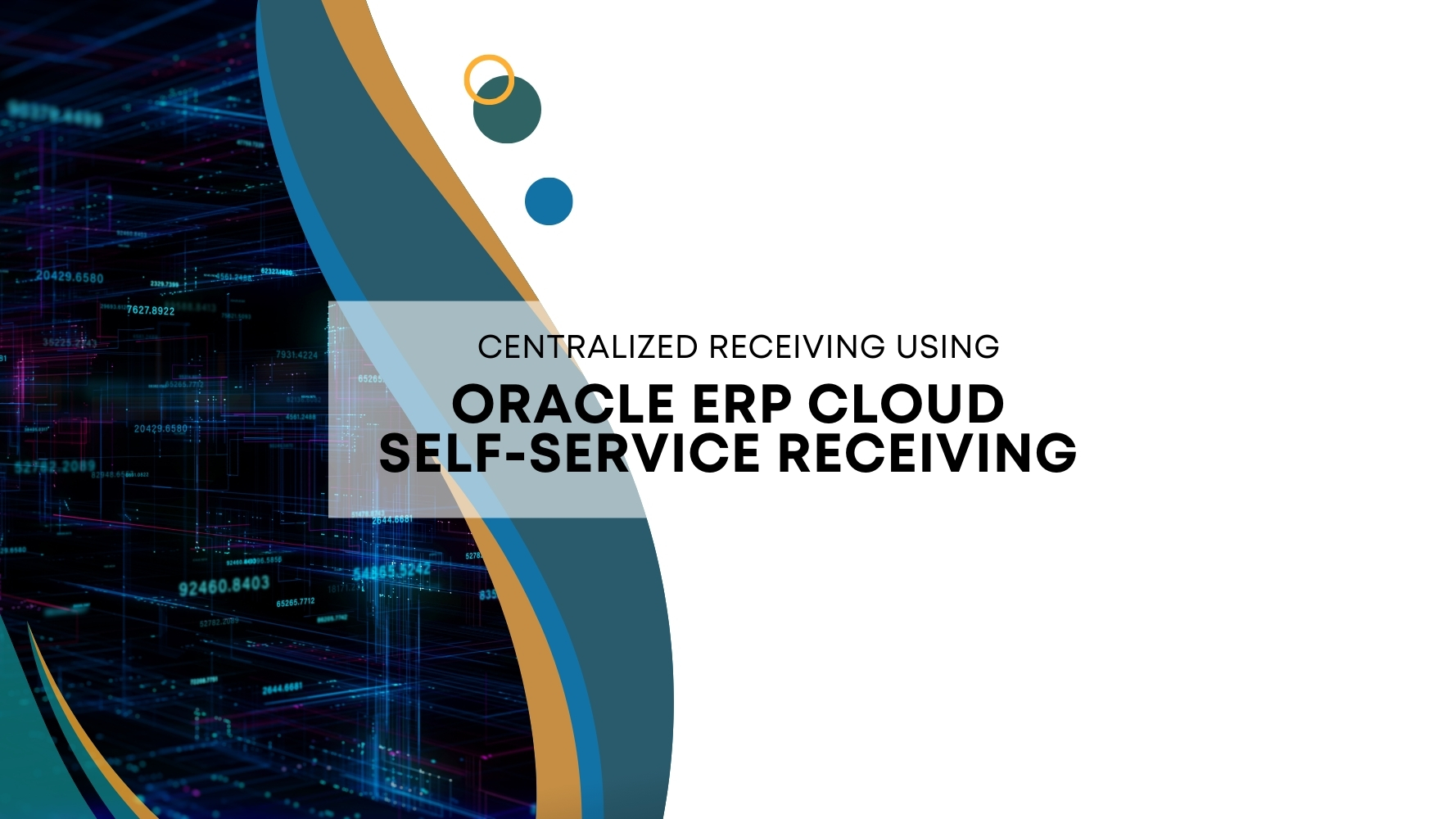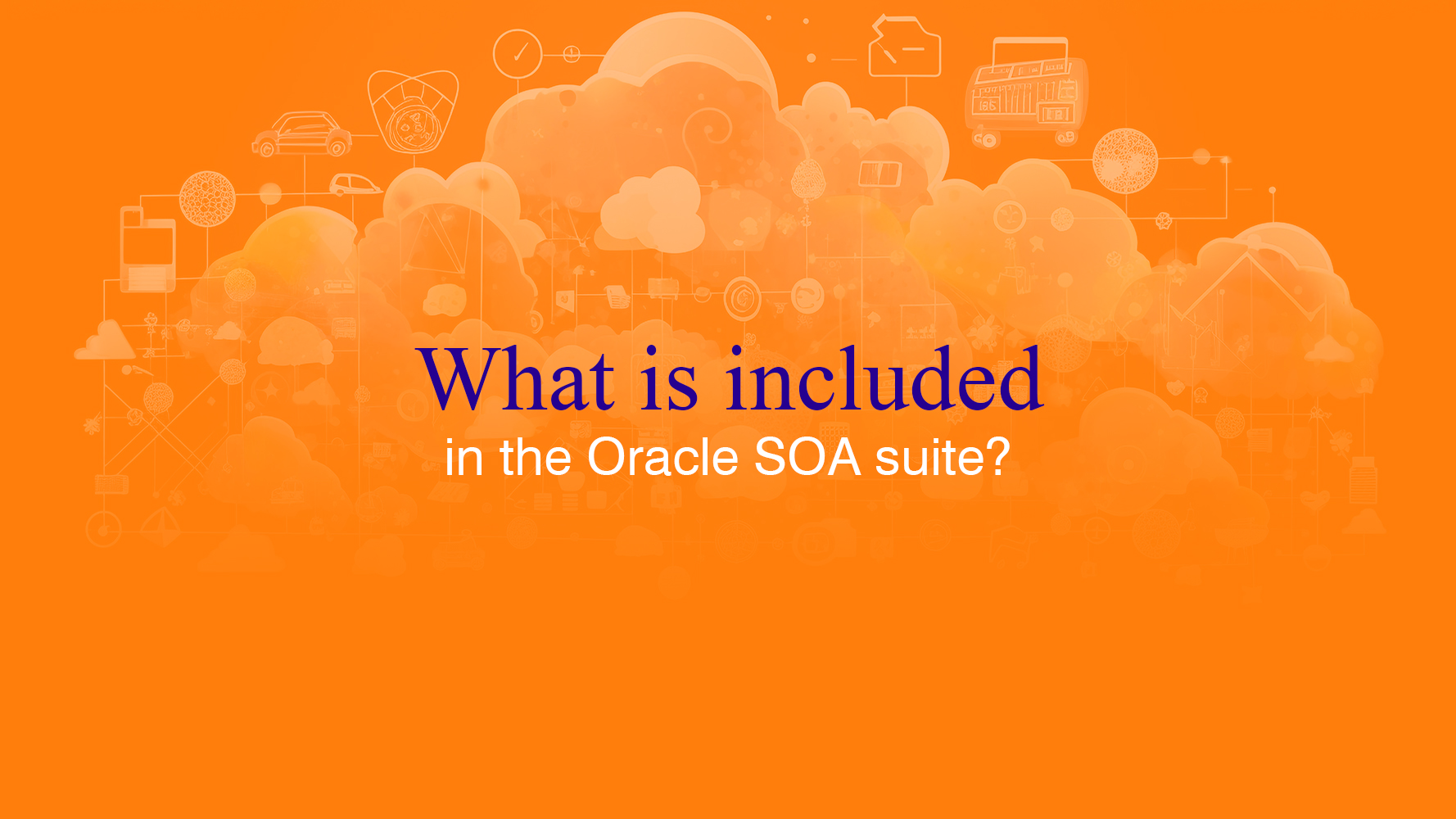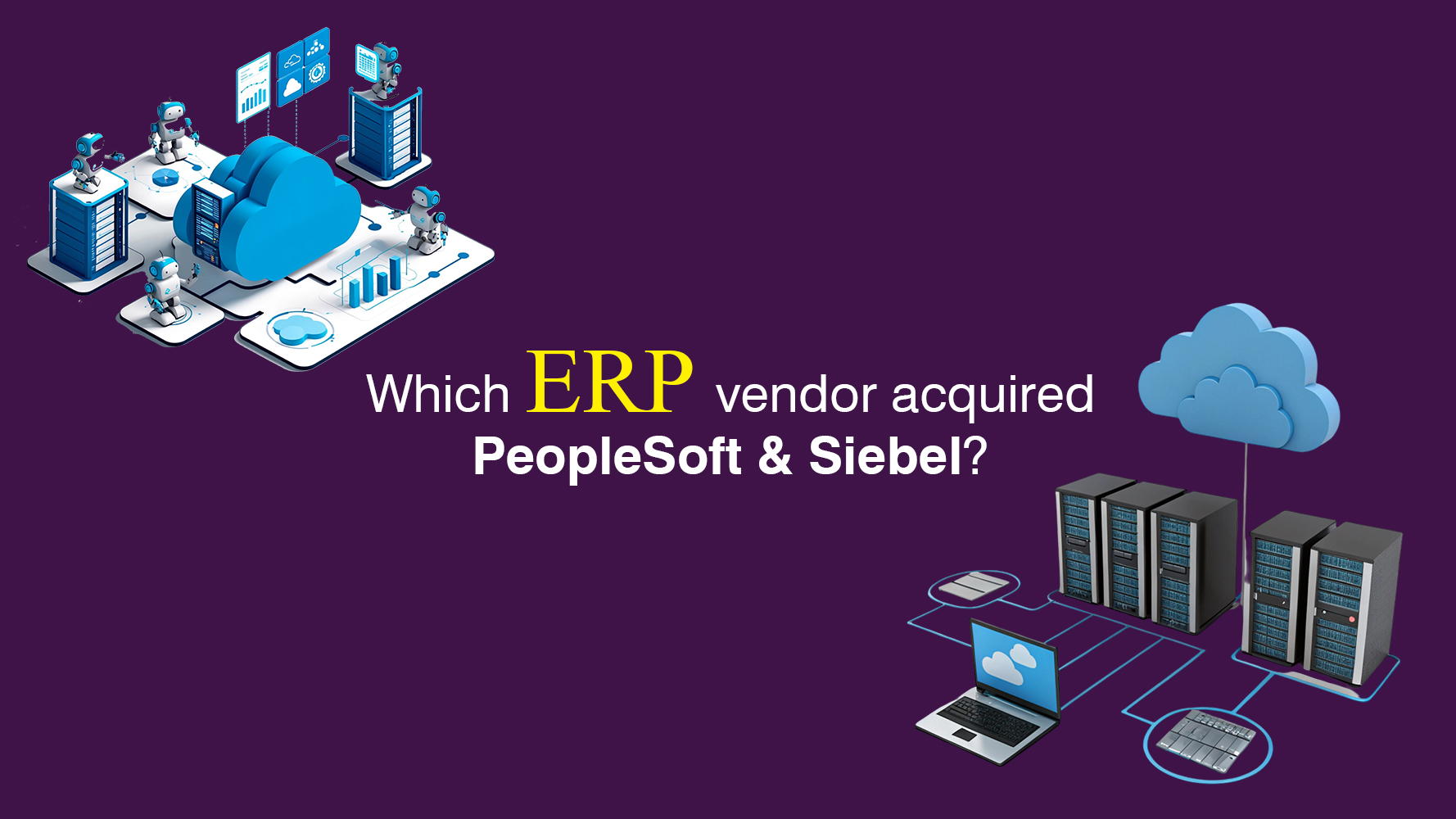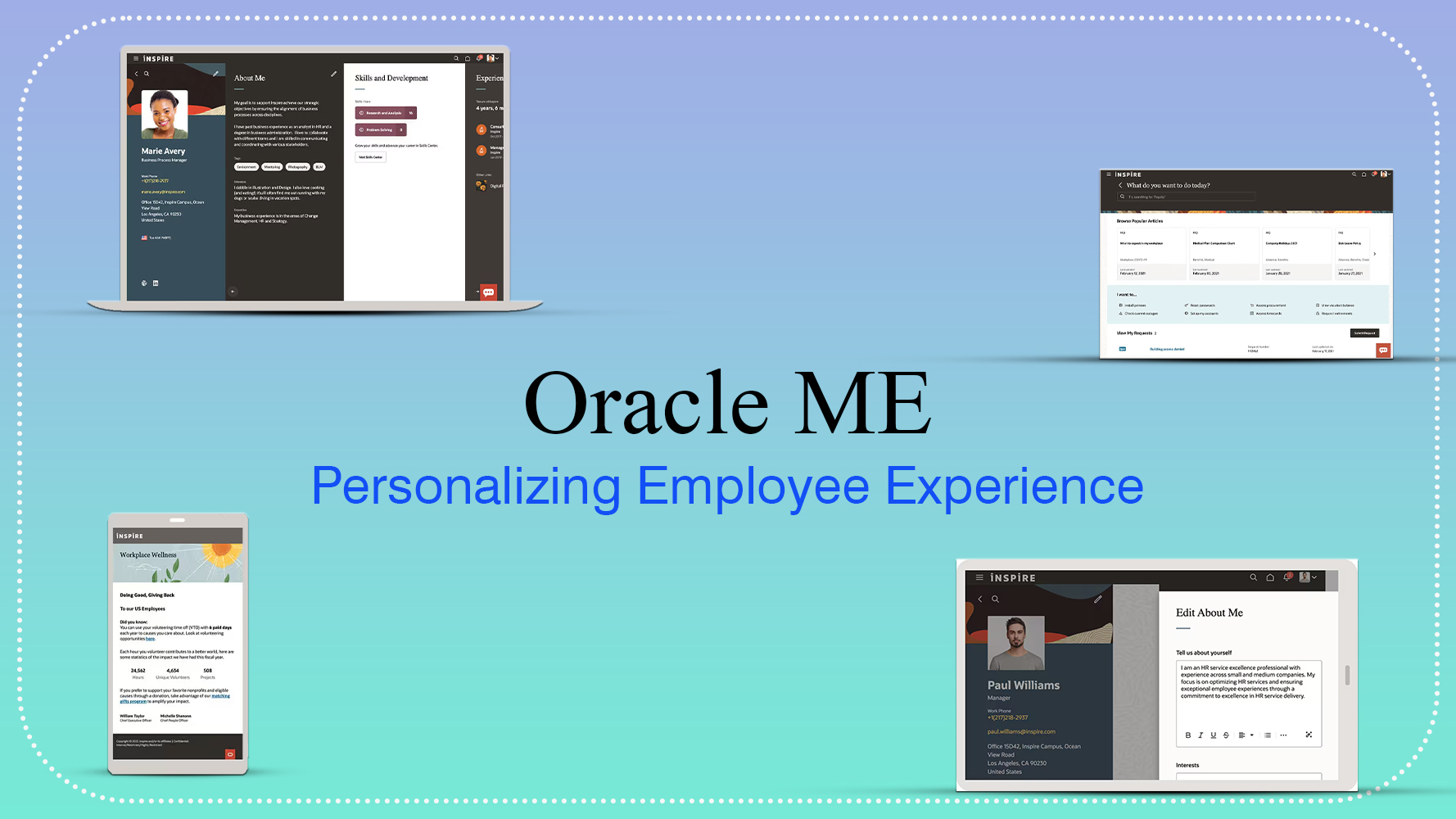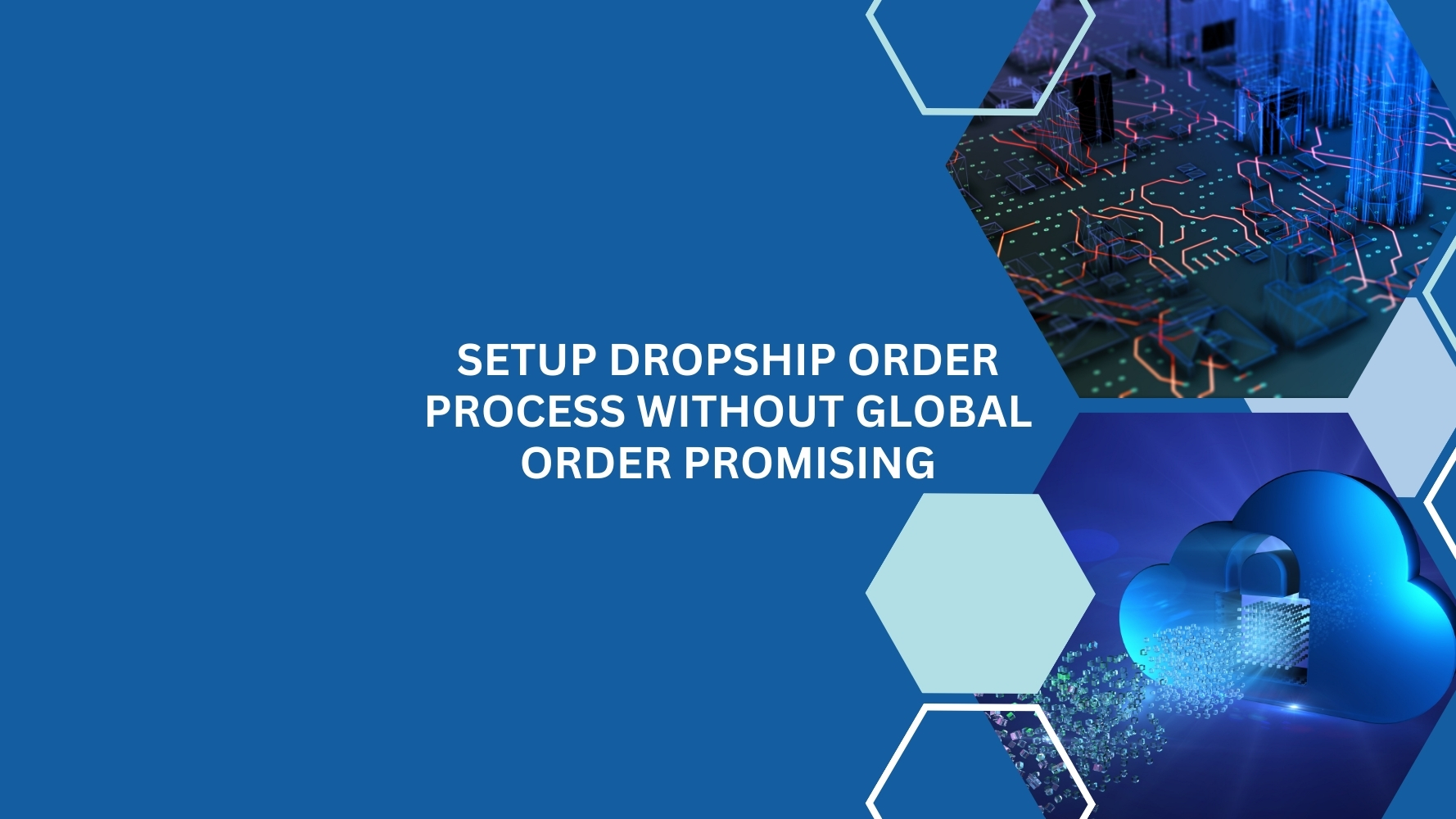In Oracle Cloud ERP, Self-Service Procurement provides the capability to request items/services using internal catalogs, to browse and shop with external suppliers, approve requests and create receipts.
As self-service implies, the user is empowered to perform all transactions related to purchase requests and subsequent receipts. ‘My Receipts’ work area is enables user to view information to view and manage receipts specific to the user.
For those organizations that prefer to use a centralized receiving function without access to Inventory’s ‘Receive Expected Shipments’ task, the seeded roles are not enabled with sufficient privileges in Oracle Fusion Cloud
Understanding seeded roles.
| Role | Description | Comments |
| Procurement Preparer | Prepares requisitions and receipts on behalf of others. Limited access to records where user is preparer | Seeded role for general user access to create Catalog or Non-Catalog Requests. Does not allow Enter Requisition Line task |
| Procurement Requester | Prepares requisitions and receipts for themselves. | Seeded role for general user access to create Catalog or Non-Catalog Requests. Does not allow Enter Requisition Line task |
| Advanced Procurement Requester | Prepares requisitions on behalf of others and has access to advanced requisition creation and receipt permissions. | Combines Preparer and Requester. Seeded role for advanced users that allows Enter Requisition Line task. This task provides support for user selected Blanket or Contract Agreement. |
For each role, the seeded My Receipts search form requires the entry of either the Requester or Entered By (Preparer) person and only returns records related to that person. The process design intends for the Requester or Preparer to create receipt transactions for their own orders. The search form does NOT allow the user to search with only the Purchase Order or Transfer Order that would be typical for a central receiving function and cannot access Orders they did not initiate.
Seeded Roles- Advanced Procurement Requester, Procurement Requester, Procurement Preparer

The ability to perform Receipt transactions on behalf of others requires a custom Role that can be assigned to users in the Central Receiving group. The following provides instructions to create a custom Receiving role for Central Receiving and a Self-Service Procurement SuperUser role that adds receiving and the ability to manage all requisitions.
Creating a custom role for Central Receiving
- Create New Job Role– Navigation: Main Menu Navigator > Tools > Security Console>Create Role
- Assign Privilege to Job Role
– Assign privilege to ‘Create Self-Service All Requisition Receiving Receipt’ to the newly created job role. Example: ‘XYZ Receiving for Self-Service Procurement’.
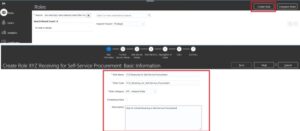
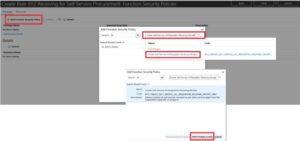
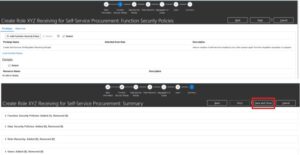
- Execute the Scheduled Process “Import User and Role Application Security Data”
- Confirm Receipt for All Requesters– Confirm that self-service receiving can be performed for all requesters.– Change the requester’s name to someone other than yourself and confirm that receipts are displayed.
Custom Role – XYZ Receiving for Self-Service Procurement

In conclusion, Oracle ERP’s Self-Service Procurement empowers users to handle purchase requests and receipt transactions independently, utilizing internal catalogs and external supplier browsing. The ‘My Receipts’ work area offers an intuitive interface for managing personal receipts. However, organizations that prefer centralized receiving without direct access to Inventory’s ‘Receive Expected Shipments’ task must create custom roles due to the limitations of seeded roles. By assigning a custom Receiving role, companies can streamline their centralized receiving processes efficiently.
If you require assistance with your Oracle ERP implementations, contact our experts at Tangenz for tailored support and guidance.
